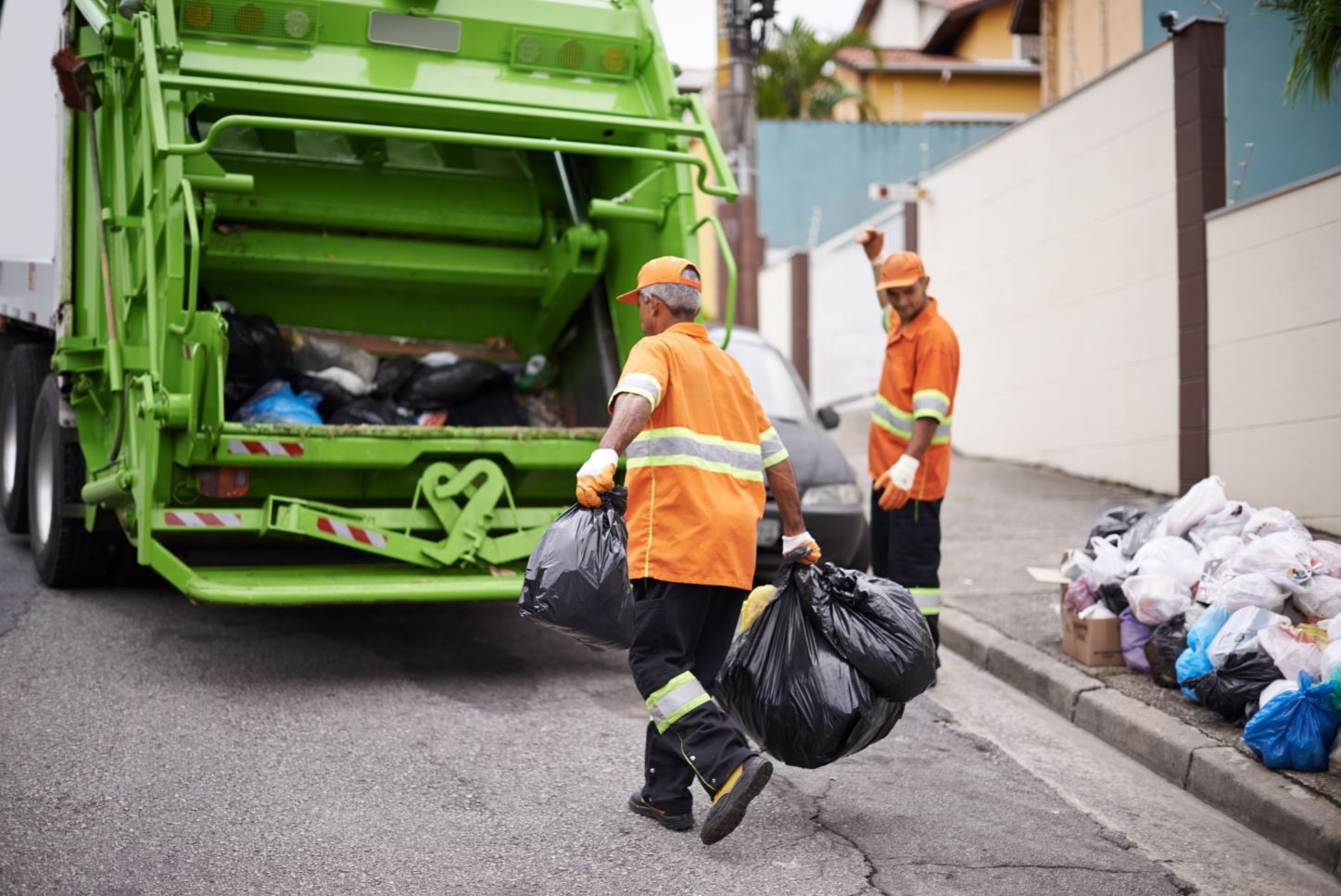In today’s rapidly evolving corporate landscape, efficient waste management is not just a regulatory requirement but also a moral imperative for businesses. The concept of “business garbage collection” encompasses a wide range of activities designed to manage and dispose of waste in a manner that is both environmentally responsible and cost-effective. This guide aims to provide a comprehensive understanding of business garbage collection, its importance, best practices, and innovative approaches to managing waste in a corporate setting.
Understanding Business Garbage Collection
Business garbage collection refers to the systematic process of gathering, transporting, processing, recycling, or disposing of waste generated by commercial entities. Unlike residential waste, business waste can include a variety of materials such as office supplies, packaging materials, electronic waste, and hazardous substances. Effective waste management is crucial for maintaining a clean and safe workplace, ensuring compliance with environmental regulations, and promoting sustainability.
Importance of Business Garbage Collection
- Environmental Impact: Proper waste management helps reduce the environmental footprint of businesses. Recycling and responsible disposal of waste prevent pollution, conserve natural resources, and reduce greenhouse gas emissions.
- Regulatory Compliance: Businesses are subject to numerous local, state, and federal regulations regarding waste disposal. Non-compliance can result in hefty fines and legal consequences. Adhering to these regulations is essential for lawful operation.
- Cost Efficiency: Efficient waste management can lead to significant cost savings. By reducing the volume of waste through recycling and reusing materials, businesses can lower their disposal costs and even generate revenue from recyclable materials.
- Corporate Image: A commitment to sustainable waste management enhances a company’s reputation. Consumers and stakeholders are increasingly valuing environmentally responsible practices, which can translate into a competitive advantage.
Key Components of Business Garbage Collection
- Waste Audit: Conducting a waste audit is the first step in developing an effective garbage collection strategy. This involves analyzing the types and quantities of waste generated by the business. The audit helps identify areas where waste reduction can be implemented and highlights opportunities for recycling and reuse.
- Segregation at Source: Segregating waste at the point of generation is crucial for efficient waste management. This involves categorizing waste into different streams such as recyclables, non-recyclables, organic waste, and hazardous waste. Proper segregation facilitates easier recycling and disposal processes.
- Collection and Transportation: Businesses need to establish a reliable system for the collection and transportation of waste. This includes choosing the right containers, scheduling regular pickups, and partnering with reputable waste management companies. Ensuring that waste is collected and transported safely minimizes the risk of environmental contamination.
- Recycling Programs: Implementing recycling programs is an effective way to manage waste sustainably. Businesses can set up designated recycling stations for materials like paper, plastics, glass, and metals. Partnering with recycling companies can ensure that these materials are processed and reused efficiently.
- Electronic Waste Management: E-waste, which includes discarded electronic devices and components, poses significant environmental risks if not handled properly. Businesses should have specific protocols for the disposal and recycling of e-waste. Many manufacturers and specialized e-waste recyclers offer take-back programs and services.
- Hazardous Waste Disposal: Certain industries generate hazardous waste that requires special handling and disposal. This includes chemicals, batteries, medical waste, and other potentially harmful materials. Businesses must adhere to strict regulations for the disposal of hazardous waste to prevent environmental contamination and health risks.
Best Practices for Business Garbage Collection
- Employee Training and Engagement: Educating employees about the importance of waste management and their role in the process is vital. Regular training sessions and awareness programs can motivate employees to adopt sustainable practices and contribute to waste reduction efforts.
- Reduce, Reuse, Recycle: The three Rs of waste management should be at the core of any business’s waste strategy. Reducing waste generation, reusing materials whenever possible, and recycling should be prioritized to minimize the overall waste footprint.
- Sustainable Procurement: Adopting sustainable procurement practices can significantly reduce waste. This includes choosing products with minimal packaging, opting for reusable or recyclable materials, and selecting suppliers committed to sustainability.
- Leveraging Technology: Utilizing technology can enhance waste management efficiency. Smart waste bins, for example, can monitor waste levels and optimize collection schedules. Waste tracking software can help businesses monitor waste generation and disposal, identify trends, and implement improvements.
- Partnerships and Collaboration: Collaborating with other businesses, local communities, and environmental organizations can amplify waste management efforts. Joint initiatives and shared resources can lead to innovative solutions and increased impact.
- Regular Monitoring and Evaluation: Continuously monitoring and evaluating waste management practices is essential for ongoing improvement. Regular audits and assessments can identify areas for enhancement and ensure that waste management goals are being met.
Innovative Approaches in Business Garbage Collection
- Circular Economy Model: Adopting a circular economy model involves designing products and processes that minimize waste and promote the continual use of resources. This approach encourages the reuse, refurbishment, and recycling of materials, thereby creating a closed-loop system that reduces waste generation.
- Waste-to-Energy Technologies: Converting waste into energy is an innovative solution that can help businesses manage waste while generating power. Technologies such as anaerobic digestion, gasification, and incineration with energy recovery can convert organic waste into biogas, electricity, or heat.
- Zero Waste Initiatives: Some businesses are striving for zero waste to landfill by implementing comprehensive waste reduction and recycling programs. This ambitious goal requires a holistic approach to waste management, including redesigning processes, engaging stakeholders, and continuously improving practices.
- Composting Programs: For businesses that generate organic waste, composting can be an effective solution. Establishing an on-site composting program or partnering with a local composting facility can turn organic waste into valuable compost, which can be used for landscaping or donated to community gardens.
Conclusion
Effective business garbage collection is not just a necessity but a strategic advantage in today’s environmentally conscious market. By understanding the importance of waste management, implementing best practices, and exploring innovative approaches, businesses can significantly reduce their environmental impact, achieve regulatory compliance, and enhance their corporate image. The journey towards sustainable waste management requires commitment and collaboration, but the benefits for the business and the environment are well worth the effort.
Businesses that prioritize efficient garbage collection and waste management not only contribute to a healthier planet but also set themselves up for long-term success and sustainability.




